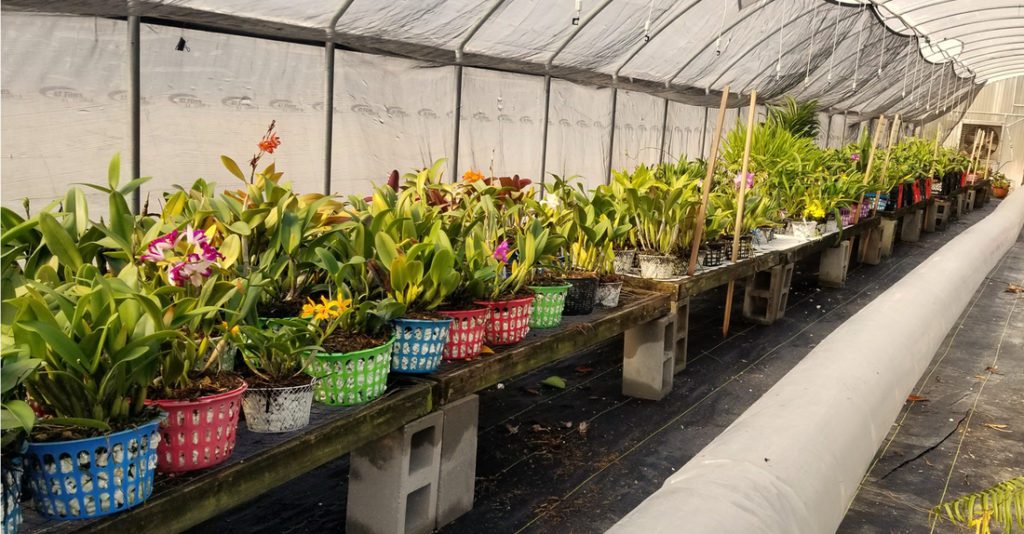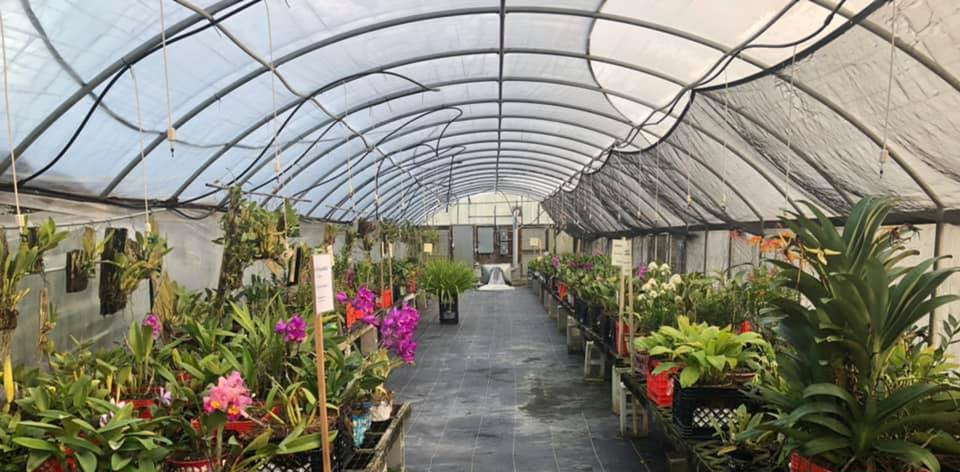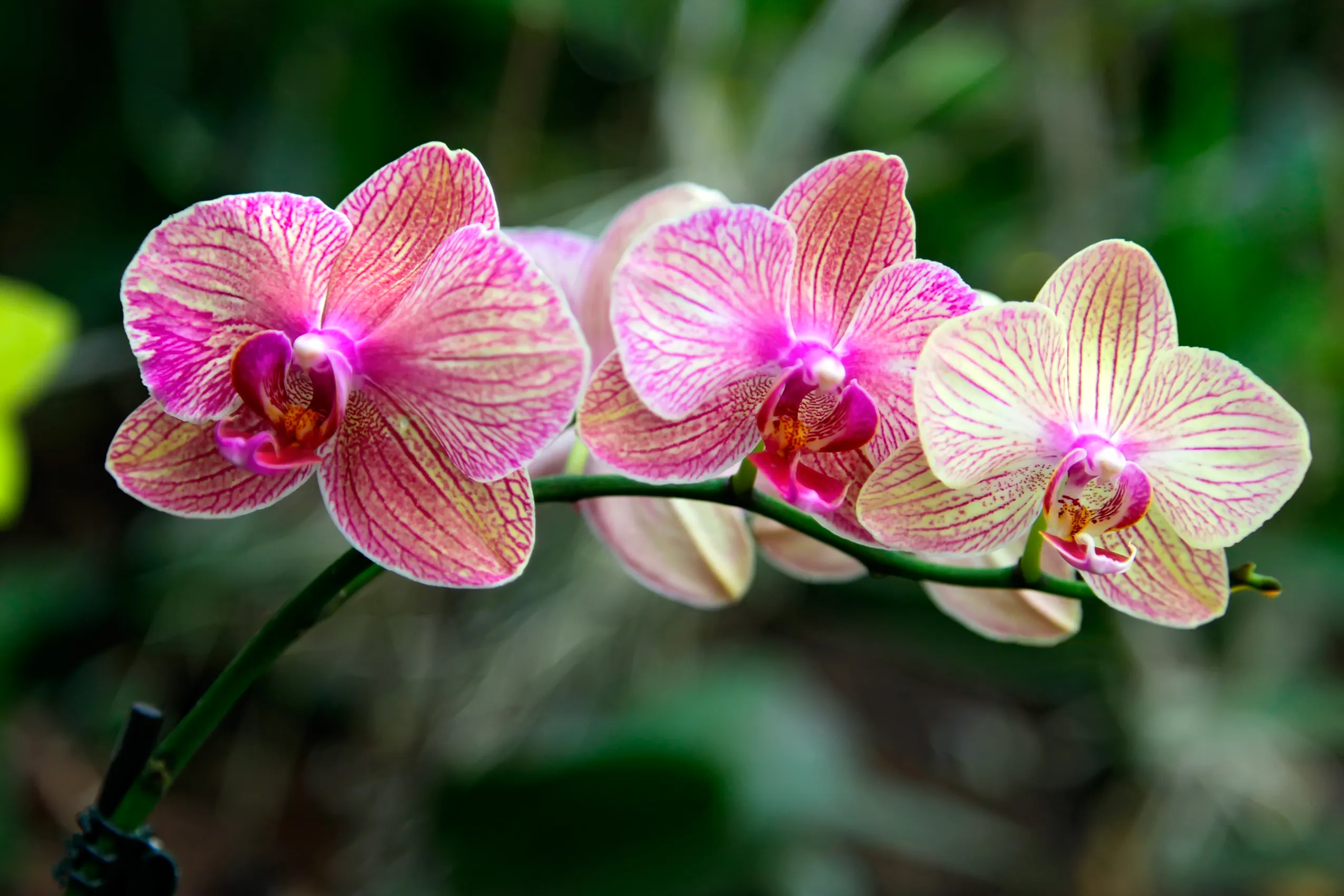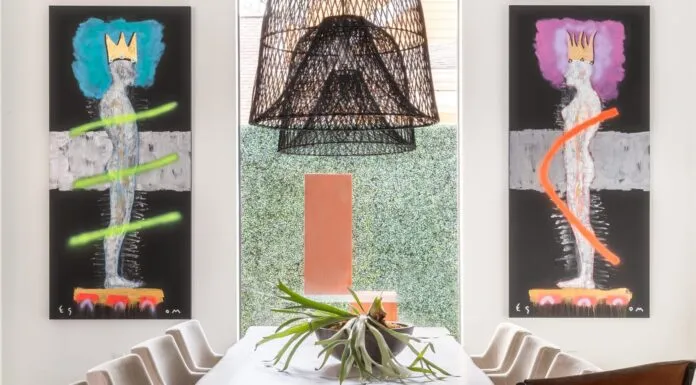The care and keeping of orchids: Secrets from the Baton Rouge Orchid Society
Rumor has it that the orchid—that arching, spindly, velvety bloom—is one of the most difficult flowering plants to keep alive (regardless of the fact that what we call an orchid actually exists in the form of around 28,000 species). Vanilla is an orchid, as are the cultivated garden varieties of a more peculiar alias, from the “Barbara Belle” to the “Empress Frederick,” though all situate themselves within several genera of varying aesthetics. Take Dendrobium, for example, which grow in leafy stalks, bamboo-like; Epidendrum, whose flowers tend to cluster in bulbs; Masdevallia, with eccentric, winged personalities; Cycnoches, verdant and vegetal; and Catasetum, whose petals spill forward like water from a vase.
No matter which type of orchid you’ve come across, or perhaps been given as a gift, maybe you’ve been told that they’re too expensive or too short-lived or that they bloom too infrequently. In fact, the opposite of all three assumptions can be true, making orchids one of the hardiest and loveliest ornaments around. To help cultivate tips and tricks for keeping an orchid alive and thriving in Louisiana homes and gardens, we reached out to Frank Zachariah, a member of the Baton Rouge Orchid Society, to decipher the care and keeping of these pesky plants.

What are the biggest mistakes people make when caring for orchids? In summary: improper water, improper light.
“Rotting the roots is a common mistake,” says Zachariah. “Orchids are usually shipped in sphagnum, which usually stays too wet for us. Make sure your potting material has a chance to dry between watering. Also be sure to give enough light. If you bought an orchid over a year ago and it has not made another flower, it is probably getting insufficient light. There are free light meter apps for your phone that you could try, and the American Orchid Society page will tell you what the light level should be for your specific orchid, though they shouldn’t get direct light.”
Still, different rules may apply for orchids inside versus orchids outside.
“You have better control of water and temperature if your orchid is indoors,” he says. “The problem is giving it adequate light so it will rebloom. Lots of orchids love being outdoors during the summer. They feel right at home in our Louisiana heat and high humidity. These include the Cattleyas, Dendrobiums, Vandas and many others. But remember: there are thousands of orchids—we grow more than a thousand right here at the LSU Orchid Conservatory at Burden. Some like it wetter than others, some like it hotter. Many of them like growing in Louisiana. My best advice is to ask a member of the Baton Rouge Orchid Society so they can recommend an orchid that suits your growing conditions.”

Once you see the variety of possible blooms, choosing a favorite may become an impossible task.
“Are you asking me to choose which is my favorite child?” jokes Zachariah. “There are so many that thrive in Louisiana. I must admit that I am partial to those giant Cattleyas like our grandmas used to wear for corsages. They love our climate and can grow outside for most of the year—and many have an exotic and sensual fragrance.”
Last, there are remedies for a wilting orchid—though the reality is that trial and error is all part of the learning process.
“Yes, we’ve all killed plants,” says Zachariah. “Unfortunately, that is a normal stage in learning to grow them. And there are so many ways that plants can fail. The best thing is to ask a member of the Baton Rouge Orchid Society for advice, or visit the Baton Rouge Orchid Society Facebook page. You can post a picture there and get helpful suggestions.”
The advice doesn’t end there. Check out more tips from Zachariah and other orchid masters at the LSU AgCenter’s virtual Green Stick Workshop: Orchids 101, rescheduled to this Saturday, August 29. Keep an eye on the LSU AgCenter Botanic Gardens website for updates on the exact time; workshops will also be recorded for viewing at a later date.












